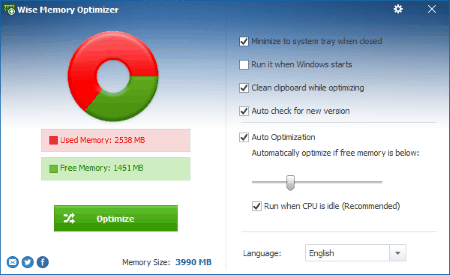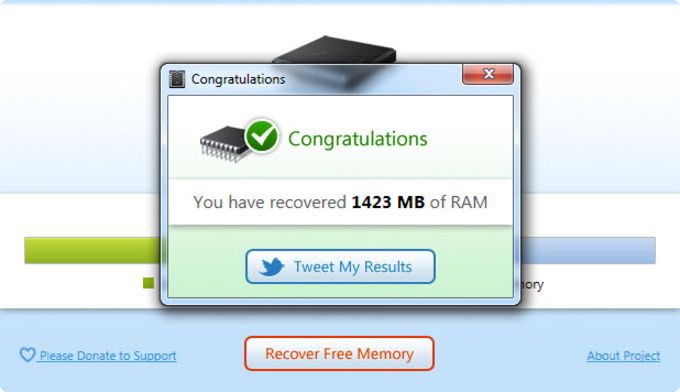
1.13 fixed Award BIOS identification problem.

Available EMS in System Overview screen was corrected when using Stealth.

Manifest (MFT) is a hardware information utility that displays information about user's system. When the RAM buffer becomes full, it is then swapped to the hard disk taking both less time and less space. During CPU idle, MagnaRAM would compress the information in its own RAM buffer. Instead of writing directly to the hard disk, the information to be written would go to MagnaRAM's own buffer as this was a faster process. MagnaRAM would insert itself in the string of Windows Programs that determined what pieces of RAM will be moved to the hard disk. MagnaRAM worked by replacing a portion of Windows' virtual memory system. MagnaRAM was also released as a separate utility.

It was a virtual memory compression utility for Windows 3.1, Windows For Workgroups and Windows 95. It allows drivers to be loaded before loading QEMM and still allow the use of QEMM's Stealth feature. It relocates DOS kernel, COMMAND.COM interpreter, DOS resources (e.g.: buffers, file handles, stacks, lastdrive). It will therefore completely bypass the POST, including the BIOS startup screen and the time-consuming memory test and device enumeration, and just restore the CPU state and interrupts to their initial state after POST.

Earlier versions of QRAM also supported the older 80 CPUs. It includes VIDRAM, Optimize, LOADHI from QEMM 6.02, Manifest 1.13. QEXT correctly reallocates eXtended Memory Specification (XMS). It supports Chips and Technologies chipsets. QEMM product ranges QRAM A memory manager for Intel 80286 or higher CPUs. It was the most popular third-party memory manager for the MS-DOS and other DOS operating systems. Quarterdeck Expanded Memory Manager ( QEMM) is a memory manager produced by Quarterdeck Office Systems in the late 1980s through the late 1990s.


 0 kommentar(er)
0 kommentar(er)
